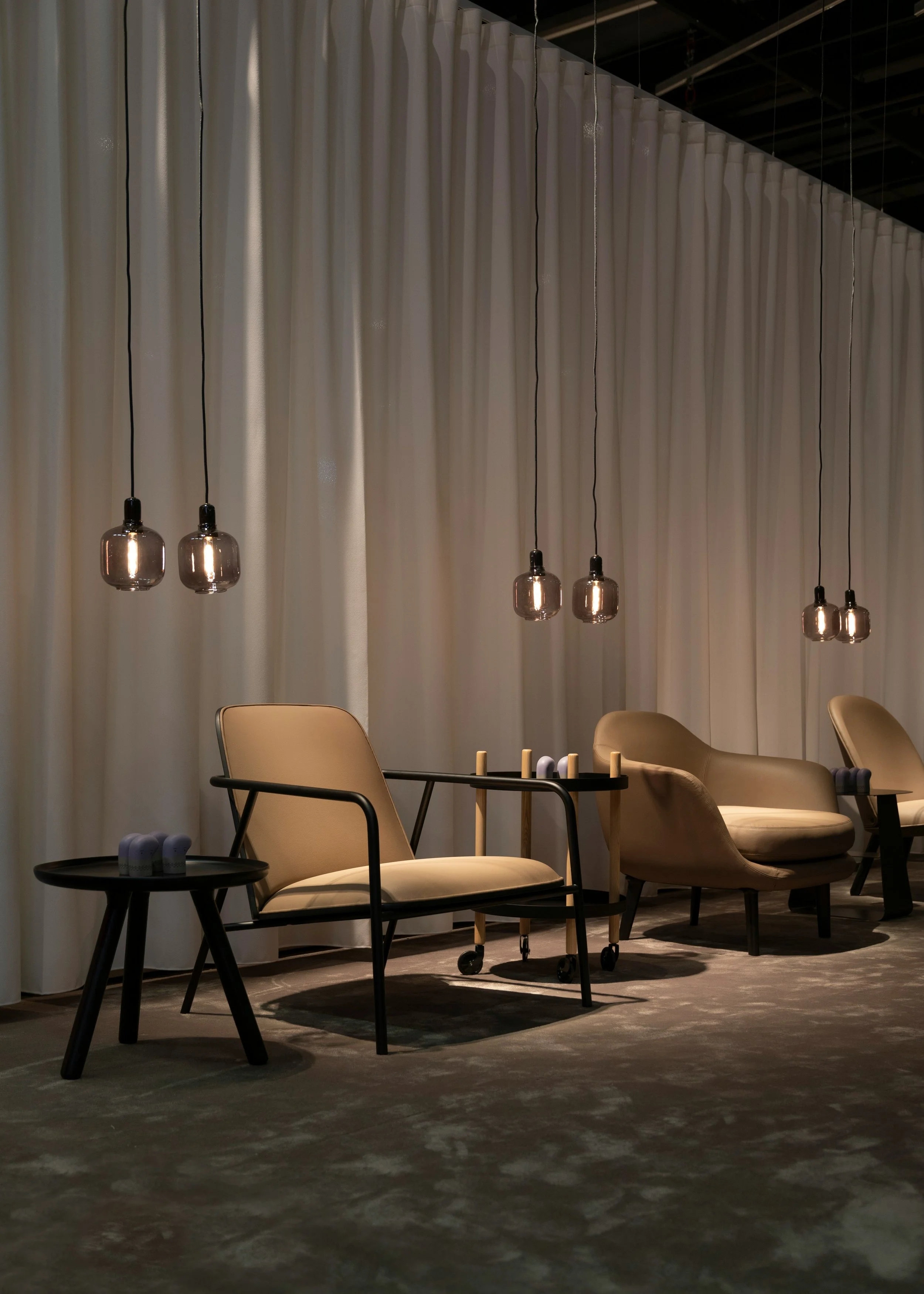Transform Your Home with Lighting: The Art of Layering Light
Lighting is one of the most transformative elements in interior design, capable of changing not only the look of a space but also the way it feels. Yet, it’s often overlooked or misunderstood. One of the best-kept secrets of professional designers is the concept of layering light, a technique that involves using different types of lighting to create depth, dimension, and atmosphere. Whether you’re redecorating a single room or reimagining your entire home, mastering the art of layered lighting can elevate your space from ordinary to extraordinary.
The Three Layers of Light
To understand layering light, think of it as composing music. Each type of light plays its own note, contributing to the overall harmony of a room. There are three main layers to focus on: ambient lighting, task lighting, and accent lighting. When combined, these layers create a versatile, dynamic environment that serves both functional and aesthetic purposes.
1. Ambient Lighting: The Foundation
Ambient lighting, often referred to as general lighting, is the base layer. It’s responsible for providing the overall illumination of a room, ensuring that the space is well-lit and functional. The goal here is even, diffused light that eliminates shadows and provides a comfortable level of brightness.
Ceiling fixtures, pendant lights, and recessed lighting are common sources of ambient light. In rooms like the living room or bedroom, floor lamps and wall sconces can also provide ambient lighting. This layer is essential, but it shouldn’t be your only source of light, as it can create a flat and uninviting atmosphere on its own.
2. Task Lighting: Focused Illumination
Task lighting is the second layer, designed to illuminate specific areas where activities like reading, cooking, or working take place. The key to task lighting is directionality—it should be focused and functional, allowing you to complete tasks without straining your eyes.
What does it offer?
For example, under-cabinet lighting in the kitchen provides illumination for meal preparation, while a desk lamp in the home office offers focused light for working. In bedrooms, reading lamps on nightstands are a great example of task lighting. Keep in mind that task lighting should complement the ambient lighting, enhancing functionality without creating harsh contrasts.
3. Accent Lighting: The Finishing Touch
Accent lighting is where the artistry of lighting truly comes into play. It’s the final layer that adds drama, interest, and highlights to a room. Accent lighting is used to draw attention to specific features, such as artwork, architectural details, or textured walls, creating a sense of depth and visual intrigue.
Think of track lighting illuminating a gallery wall, or a picture light highlighting a stunning piece of art. Accent lighting can also take the form of uplights that accentuate tall plants or decorative objects. In outdoor spaces, accent lighting can be used to showcase landscape features like trees or water elements. The goal is to create focal points, enhancing the room’s aesthetics while contributing to the overall atmosphere.
How to Layer Light Like a Pro
-
Before selecting light fixtures, consider the purpose of the room. A kitchen will need more task lighting than a bedroom, while a living room requires a balance between ambient, task, and accent lighting. Understanding how the room will be used will help you determine the type and placement of lights.
-
Dimmers are a fantastic way to add versatility to your lighting scheme. By allowing you to adjust the brightness of your lights, dimmers help create different moods for different times of day or activities. For instance, lower light levels can make a dining room feel intimate during a dinner party, while brighter lights are more suitable for everyday meals.
-
When choosing light fixtures, consider the size of the room and the scale of the fixture. A chandelier that’s too large can overwhelm a small dining room, while tiny sconces in a spacious living room may not provide enough light. Balance is key—select fixtures that complement the room’s dimensions without overpowering it.
-
In open-plan spaces, lighting can be an effective way to define different areas. For example, in a combined living-dining area, a pendant light over the dining table can help distinguish it from the lounge area, where a combination of floor lamps and recessed lights create a more relaxed atmosphere.
The Role of Color Temperature and Bulb Selection
Last but not least! When layering light, it’s also essential to consider the color temperature of your bulbs, measured in Kelvin (K). Lower Kelvin numbers (2700K-3000K) emit a warm, yellowish light, perfect for creating cozy, intimate settings in living rooms or bedrooms. Higher Kelvin numbers (4000K-5000K) produce a cooler, bluish light that’s more suitable for task-oriented spaces like kitchens or home offices.
In general, stick to one color temperature per room to maintain a consistent atmosphere, unless you’re using accent lighting for artistic effect.













